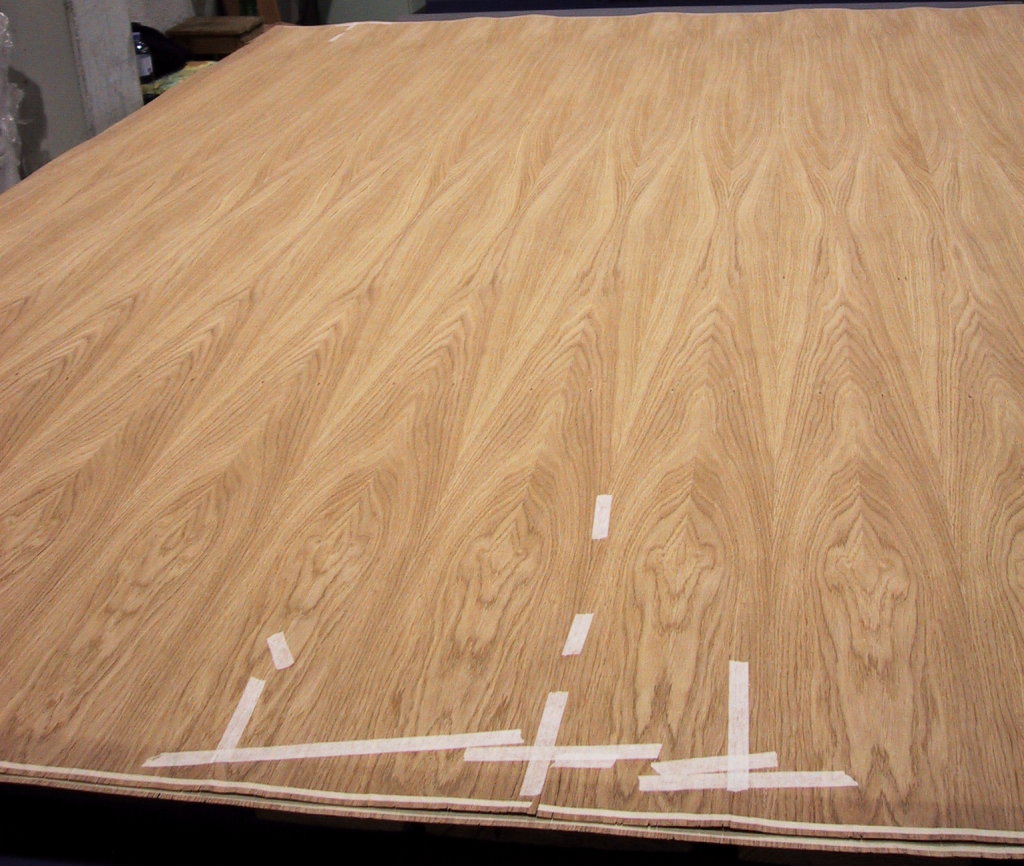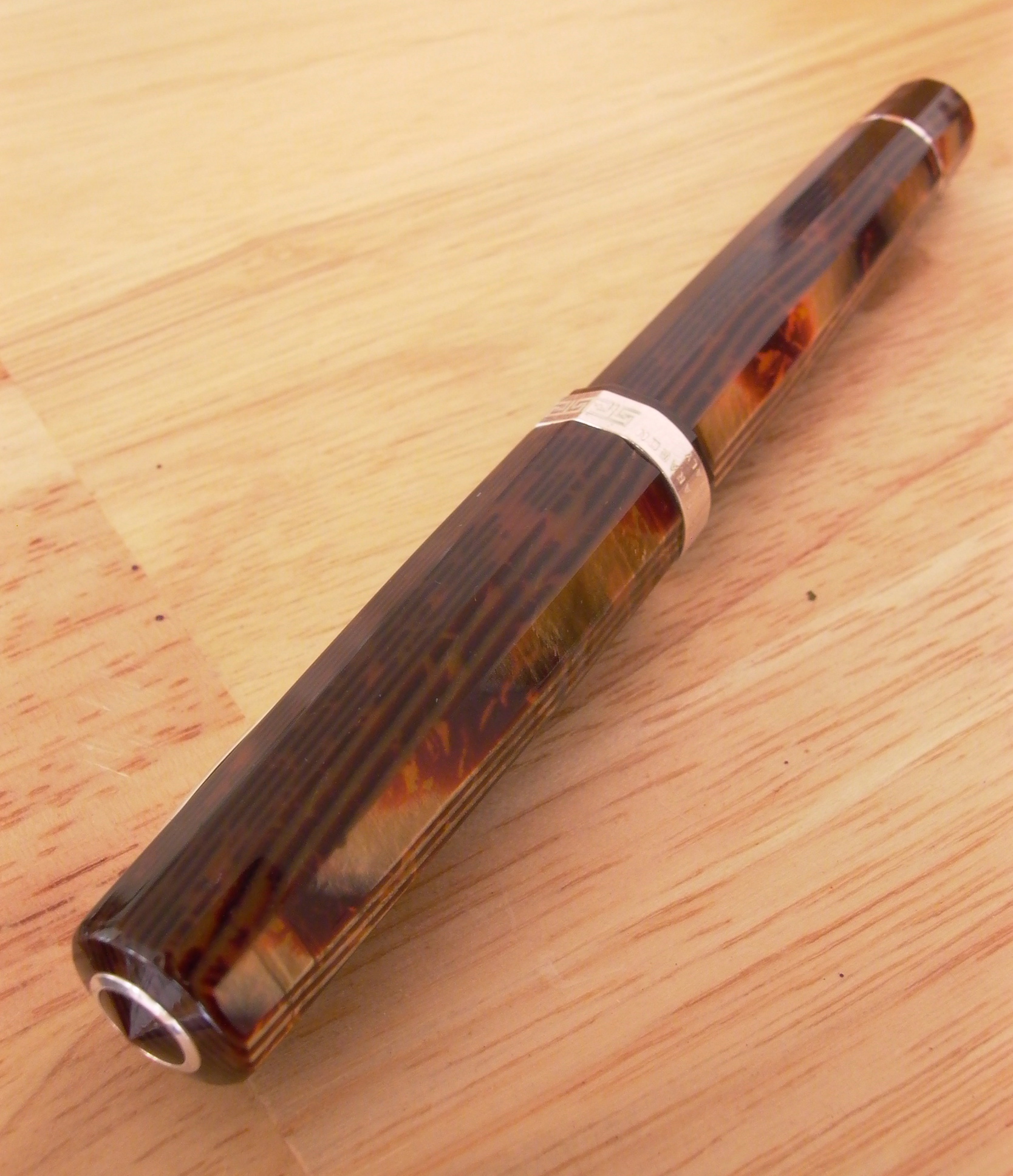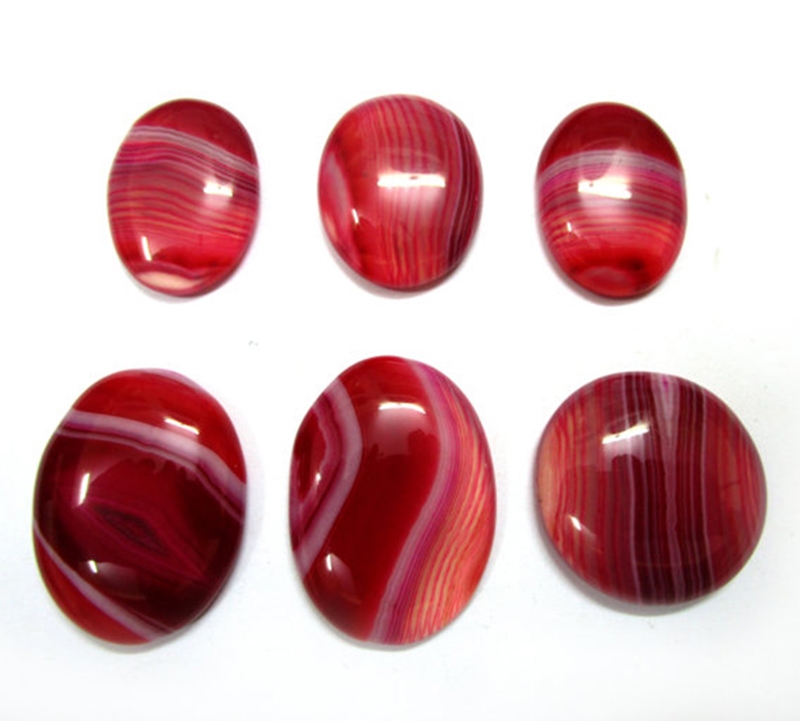|
Adamantine (veneer)
Adamantine is a veneer developed by The Celluloid Manufacturing Company of New York City, covered by U.S. Patent number 232,037, dated September 7, 1880, for the process of cementing a celluloid veneer or coating to a substrate such as a wood case. Adamantine veneer was made in black and white, and in colored patterns that simulated wood grain, onyx and marble. Expensive French mantel clocks in slate, onyx or marble cases were popular in the United States in the 1860s. American clock manufacturers produced similar looking cases made of iron or wood, known as "Black Mantel Clocks", which were popular from 1880 to 1931. Seth Thomas Clock Company The Seth Thomas Clock Company was founded by Seth Thomas in Plymouth Hollow, Connecticut, and began producing clocks in 1813. It was incorporated as the "Seth Thomas Clock Company" in 1853. Plymouth Hollow, a part of the town of Plymouth, was i ... purchased the right to use the adamantine veneer in 1881, which they called Marbaline. ... [...More Info...] [...Related Items...] OR: [Wikipedia] [Google] [Baidu] |
Wood Veneer
Veneer refers to thin slices of wood and sometimes bark that typically are glued onto core panels (typically, wood, particle board or medium-density fiberboard) to produce flat panels such as doors, tops and panels for cabinets, parquet floors and parts of furniture. They are also used in marquetry. Unlike laminates, no two veneer sheets look the same. Plywood consists of three or more layers of veneer. Normally, each is glued with its grain at right angles to adjacent layers for strength. Veneer beading is a thin layer of decorative edging placed around objects, such as jewelry boxes. Veneer is also used to replace decorative papers in wood veneer high pressure laminate. Background Veneering dates back to at least the ancient Egyptians who used expensive and rare wood veneers over cheaper timbers to produce their furniture and sarcophagi. During the Roman Empire, Romans also used veneered work in mass quantities. Production Veneer is obtained either by "peeling ... [...More Info...] [...Related Items...] OR: [Wikipedia] [Google] [Baidu] |
Celluloid Manufacturing Company Of New York City
Celluloids are a class of materials produced by mixing nitrocellulose and camphor, often with added dyes and other agents. Once much more common for its use as photographic film before the advent of safer methods, celluloid's common present-day uses are for manufacturing table tennis balls, musical instruments, combs, office equipment, fountain pen bodies, and guitar picks. History Nitrocellulose Nitrocellulose-based plastics slightly predate celluloid. Collodion, invented in 1848 and used as a wound dressing and an emulsion for photographic plates, is dried to a celluloid like film. Alexander Parkes The first celluloid as a bulk material for forming objects was made in 1855 in Birmingham, England, by Alexander Parkes, who was never able to see his invention reach full fruition, after his firm went bankrupt due to scale-up costs. Parkes patented his discovery as Parkesine in 1862 after realising a solid residue remained after evaporation of the solvent from photographic collod ... [...More Info...] [...Related Items...] OR: [Wikipedia] [Google] [Baidu] |
United States Patent Law
Under United States law, a patent is a right granted to the inventor of a (1) process, machine, article of manufacture, or composition of matter, (2) that is new, useful, and non-obvious. A patent is the right to exclude others, for a limited time (usually, 20 years) from profiting from a patented technology without the consent of the patent holder. Specifically, it is the right to exclude others from: making, using, selling, offering for sale, importing, inducing others to infringe, applying for an FDA approval, and/or offering a product specially adapted for practice of the patent. History 1623. England adopts Statute of Monopolies, which has been acknowledged as a legal predecessor of the US patent law. 1789. U.S. Constitution in Article I, Section 8, Clause 8 authorizes Congress "to promote the Progress of . . . useful Arts, by securing for limited Times to . . . Inventors the exclusive Right to their . . . Discoveries." It is believed that, unlike most parts of the U ... [...More Info...] [...Related Items...] OR: [Wikipedia] [Google] [Baidu] |
Celluloid
Celluloids are a class of materials produced by mixing nitrocellulose and camphor, often with added dyes and other agents. Once much more common for its use as photographic film before the advent of safer methods, celluloid's common present-day uses are for manufacturing table tennis balls, musical instruments, combs, office equipment, fountain pen bodies, and guitar picks. History Nitrocellulose Nitrocellulose-based plastics slightly predate celluloid. Collodion, invented in 1848 and used as a wound dressing and an emulsion for photographic plates, is dried to a celluloid like film. Alexander Parkes The first celluloid as a bulk material for forming objects was made in 1855 in Birmingham, England, by Alexander Parkes, who was never able to see his invention reach full fruition, after his firm went bankrupt due to scale-up costs. Parkes patented his discovery as Parkesine in 1862 after realising a solid residue remained after evaporation of the solvent from photographic c ... [...More Info...] [...Related Items...] OR: [Wikipedia] [Google] [Baidu] |
Onyx
Onyx is a typically black-and-white banded variety of agate, a silicate mineral. The bands can also be monochromatic with alternating light and dark bands. ''Sardonyx'' is a variety with red to brown bands alternated with black or white bands. The name "onyx" is also frequently used for level-banded (parallel-banded) agates, but in proper usage it refers to color pattern not band structure. Onyx, as a descriptive term, has also been incorrectly applied to parallel-banded varieties of alabaster, marble, calcite, obsidian, and opal, and misleadingly to materials with contorted banding, such as "cave onyx" and "Mexican onyx". Etymology ''Onyx'' comes through Latin (of the same spelling), from the Ancient Greek (), meaning or . Onyx with pink and white bands can sometimes resemble a fingernail. The English word "nail" is cognate with the Greek word. Varieties Onyx is formed of chalcedony bands in alternating colors. It is cryptocrystalline, consisting of fine intergrowths o ... [...More Info...] [...Related Items...] OR: [Wikipedia] [Google] [Baidu] |
Marble
Marble is a metamorphic rock consisting of carbonate minerals (most commonly calcite (CaCO3) or Dolomite (mineral), dolomite (CaMg(CO3)2) that have recrystallized under the influence of heat and pressure. It has a crystalline texture, and is typically not Foliation (geology), foliated (Layered intrusion, layered), although there are exceptions. In geology, the term ''marble'' refers to metamorphosed limestone, but its use in stonemasonry more broadly encompasses unmetamorphosed limestone. The extraction of marble is performed by quarrying. Marble production is dominated by four countries: China, Italy, India and Spain, which account for almost half of world production of marble and decorative stone. Because of its high hardness and strong wear resistance, and because it will not be deformed by temperature, marble is often used in Marble sculpture, sculpture and construction. Etymology The word "marble" derives from the Ancient Greek (), from (), "crystalline rock, shin ... [...More Info...] [...Related Items...] OR: [Wikipedia] [Google] [Baidu] |
Seth Thomas Clock Company
The Seth Thomas Clock Company was founded by Seth Thomas in Plymouth Hollow, Connecticut, and began producing clocks in 1813. It was incorporated as the "Seth Thomas Clock Company" in 1853. Plymouth Hollow, a part of the town of Plymouth, was incorporated in 1875 as the town of Thomaston, named for Seth Thomas. The company manufactured clock movements for the Self Winding Clock Company from 1886 thru the early 1890s, in addition to its standard offering of longcase clocks, mantel, wall, and table-top clocks. On May 7, 1926, Seth Thomas Clock Company filed with the United States Patent and Trademark Office for trademark protection of the ''Seth Thomas'' brand with regard to clocks. The trademark was granted with a registration date of October 12, 1926 and assigned registration number 0219268. The trademark is still active as of the last renewal date of February 17, 2017. In 1968 General Time Corporation, consisting of the Westclox and Seth Thomas brands and the Westclox oper ... [...More Info...] [...Related Items...] OR: [Wikipedia] [Google] [Baidu] |




